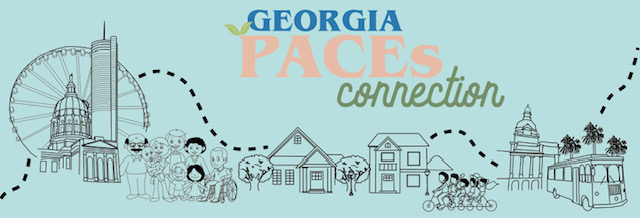The Red River runs north, up along the border between North Dakota and Minnesota, before spilling into Lake Winnipeg in Manitoba, Canada. Its water flows slowly through a 10,000-year-old glacial lakebed, in one of the flattest stretches of land in the United States, and because it points north, it’s sometimes blocked by ice jams—all of which makes the river prone to flooding.
In March 2009, one such flood threatened the city of Fargo. Residents watched for a week as the National Weather Service continually updated its predictions, and as forecasts for the river’s crest climbed higher and higher. At the time, the medical director of the state’s Department of Health and Human Services was psychiatrist Andy McLean, who also lived in the city. “I was trying to protect my home, and trying to protect the community,” he says.
Leadership in Fargo readied sandbags, led the construction of barricades, and planned for evacuations. But McLean had a key role, too. “Every day, I was the psychiatrist at the table, talking about the mental health of the community and of individuals,” he says.
That’s one reason why, despite record flooding, the city was able to escape major consequences: not only because of its infrastructural and physical preparations, but also because of its social and psychological readiness.
To continue reading, go to: http://feedproxy.google.com/~

Comments (0)